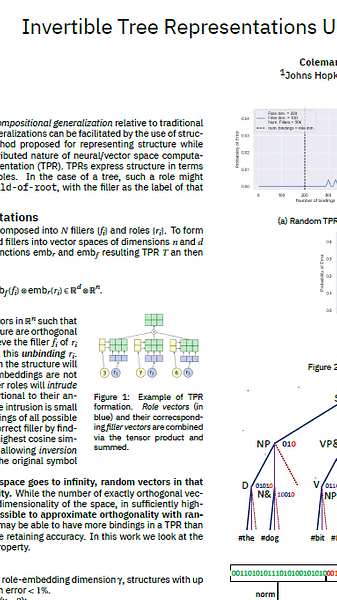
Premium content
Access to this content requires a subscription. You must be a premium user to view this content.

panel
Jews and the Idea of Jews: Ethnographic Disruptions
keywords:
citizenship
ethnicity
representation
The past two decades have seen a substantive change in the way that the ethnography of Jews and Jewishness has been conceived. In this “new Jewish ethnography,” anthropologists working on every continent approach the study of Jews and Jewish topics in ways that complicate the category of “Jew,” and bring profound insights to anthropological theory writ large. The current generation of ethnographers comes to the study of Jewish themes through our scholarly interests in core areas of anthropological theory and praxis, problematizing understandings of identity and practice through explorations of a diasporic, transnational, multiracial, multicultural “imagined community.” Further, we recognize the complex representational valences of Jewishness and the way these symbols are deployed, including in the absence of Jews. Increasingly working in the global periphery, ethnographers of Jewishness find that Jews in a wide range of contexts make use of the surrounding cultural idioms and reigning ideologies to make sense of their experience. In this new work, Jewish identity is understood as something experienced and practiced, contingent, syncretic, dynamic, and constructed • people engaged in complex subject formation • affirming that Jewishness is neither singular nor inherently “Jewish.” This roundtable brings together multiple generations of anthropologists, with institutional bases in four countries, and research in several geographical regions, to evaluate the state of the field and explore the intersecting themes that our research engages. These themes include: reconsiderations of the notion of “peoplehood” in light of contemporary genetic research and virtual community formation; the afterlives of research post-publication; multiple forms of cultural mediation through virtual engagements and representations of Jews in film and television; the relationships between fiction and ethnography (in writing and visual media); shifting racial-ethnic landscapes in which Jews are represented as people of color and/or uber-white or (re)cast themselves in racially disruptive terms; reconceptualizations of Jewish heritage through revitalization of Jewish languages, music and food traditions; contradictory forms of Jewish political engagement and the political uses of Jewish symbols; and the paradoxes of being “at home” without a “homeland,” where the “in-gathering” of the Jewish people is electronic, especially in the time of COVID.


